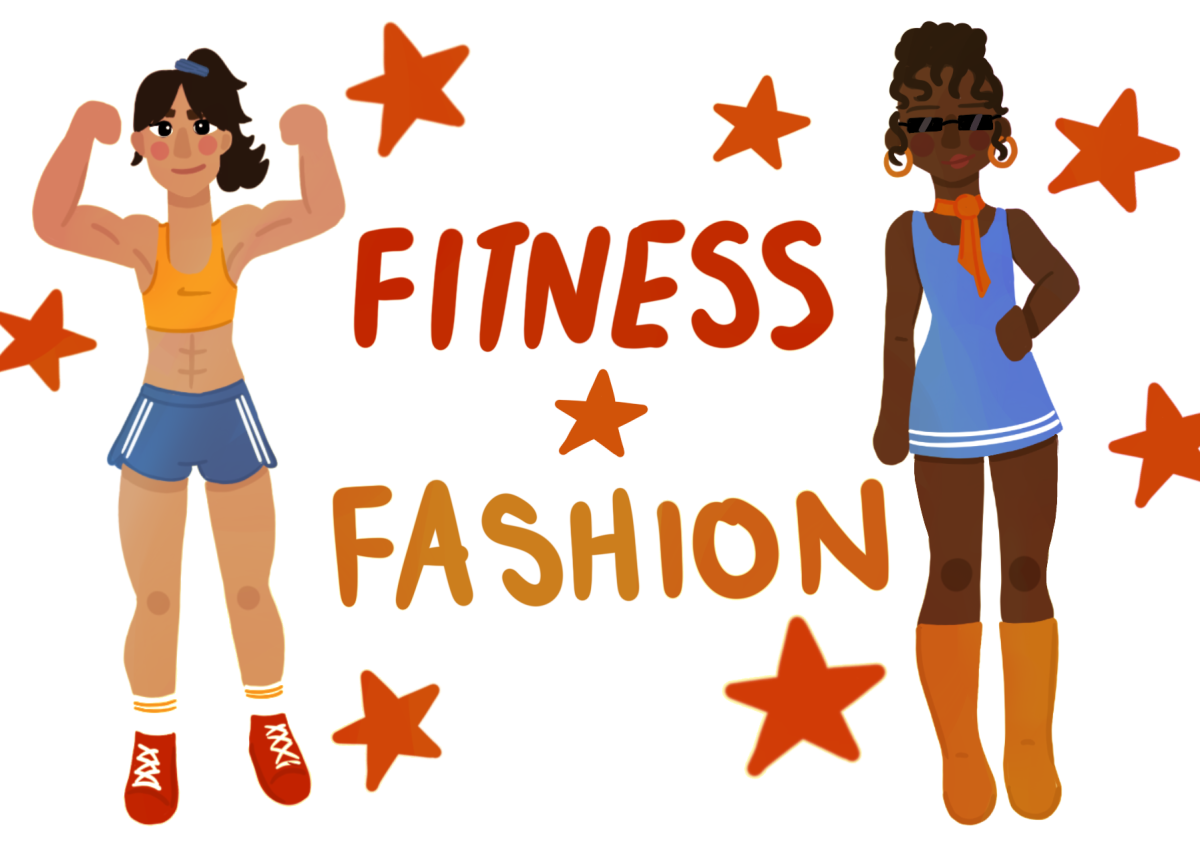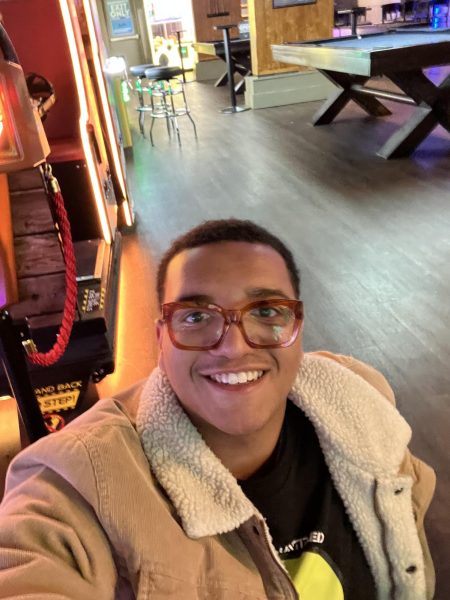Based on recent events, it has become quite apparent that our previous understanding of America’s youth has been flawed. Those who are just now confronting this realization might point to last year’s presidential election or the recent election results in Europe, mainly Germany, where the far-right nationalist party—the Alternative for Germany (AfD)—placed second behind the Christian Democratic Union, a center-right party. While those are huge points of achievement for the advancement of conservatism in Gen Z, they are just the latest and most noticeable signs of a trend that has been unfolding since at least 2020.
Now, realistically speaking, white Gen Z men are the main reason behind this electoral shift. Women and minority groups have not moved nearly as much in comparison. That is not to say there has not been any movement, because there has been, as you are about to see, but not to the same extent we have seen among white men.
A major part of this change can be traced back to social media: TikTok, in particular, has become a surprising hub for conservative content. The app, once known mostly for dances and memes, has evolved into a digital battleground where political ideas are shared in short, eye-catching clips. On the conservative side, creators have found ways to make their views engaging and relatable. You will see videos breaking down topics like gender roles, freedom of speech and criticisms of progressive culture, often using humor, trending audios and sharp editing to reach a wide audience.
Then there is Andrew Tate. Whether you support him or not, he has been one of the most influential and controversial figures on social media. His messaging, centered around masculinity, discipline and anti-mainstream values, has clearly resonated with a segment of Gen Z men. For those who feel overlooked or disillusioned by modern cultural narratives, his bold, no-apologies style feels like something different, and maybe even empowering. According to The Guardian, “One in four UK males aged 16 to 29 believe it is harder to be a man than a woman and a fifth of those who have heard of him now look favorably on the social media influencer Andrew Tate.”
But this is not just about one person. Broader trends on social media have also leaned into aesthetics and lifestyle choices that quietly reflect conservative values. One example is the rise of the “old money” aesthetic. At face value, it is about timeless fashion, classical music and luxury, but underneath, it often carries themes of tradition, status and structure. Whether or not the people posting about it realize it, those are ideas that align closely with cultural conservatism.
This shift is also playing out in online subcultures like fitness, self-improvement and even finance. Influencers in the fitness world often promote values like strength, personal accountability and order, which frequently overlap with conservative talking points. YouTube channels and TikTok accounts dedicated to lifting, cold showers and strict routines regularly feature commentary on discipline and gender roles. The rise of “grindset” culture and the celebration of self-reliance in male-dominated spaces like “GymTok” and crypto, have helped normalize more right-leaning attitudes, without ever mentioning politics directly. These communities tend to favor individualism over collectivism, and content often critiques modern liberal culture for promoting weakness or victimhood. Pew Research data from 2020 showed that online political content is increasingly reaching young users in non-political spaces, often shaping their values in more subtle ways than traditional media ever has or could.
Young women are also engaging with this shift in their own way. On TikTok and Instagram, there is a growing number of female creators embracing traditional roles and lifestyles, promoting ideas like homemaking, modesty and femininity. Communities like “SkinnyTok” look to promote healthy living and weight loss through eating less food, but the underlying commentary and messaging does in effect, promote conservative values. Some frame this as a rejection of modern feminism, while others present it simply as choosing a softer life. Either way, it is a reimagining of conservative values through the lens of personal choice and empowerment.
None of this means Gen Z is overwhelmingly conservative. That would not be accurate. But it does challenge the old assumption that every younger generation will automatically lean further left than the one before it. What we are seeing now is a more nuanced and complicated political identity emerging, one that is informed not just by ideology, but by culture, aesthetics and personal experience.
So, the rise of conservatism in Gen Z might feel sudden to some, but if you have been paying attention, it is really not that surprising. It has been building for years, through algorithms, aesthetics and conversations that do not always sound like politics, but absolutely are.










